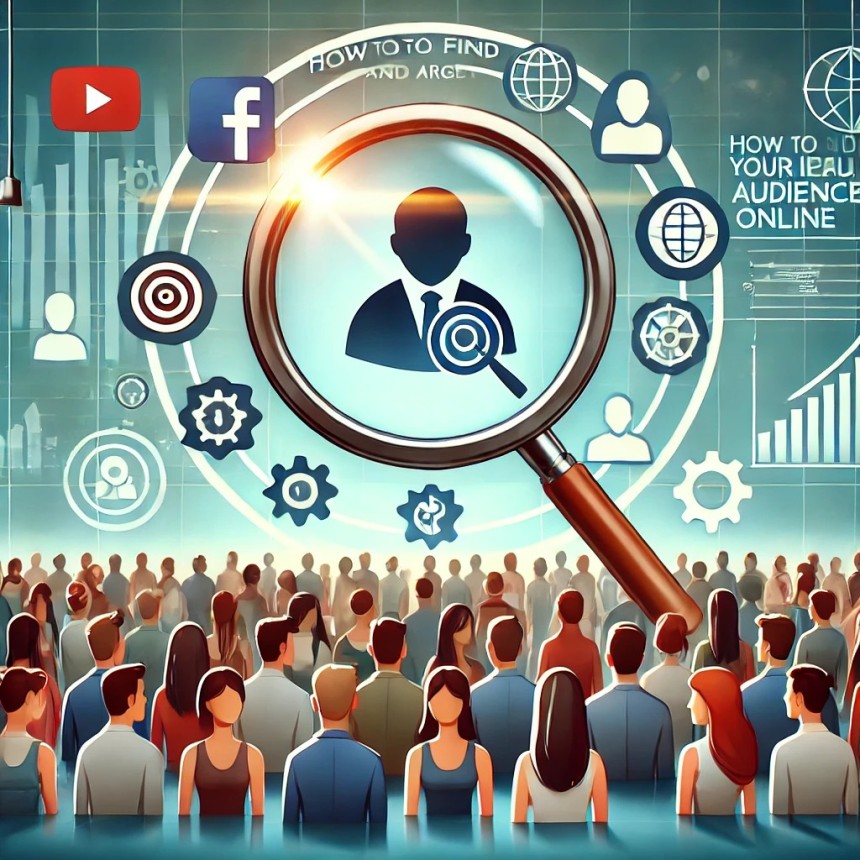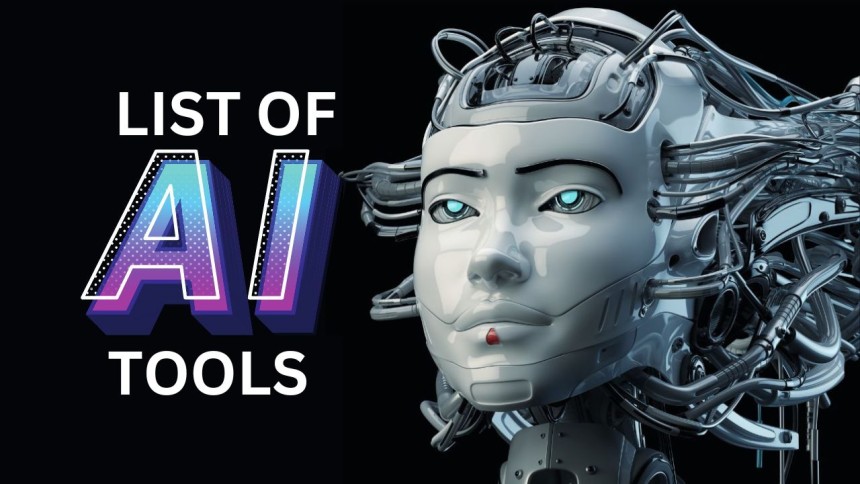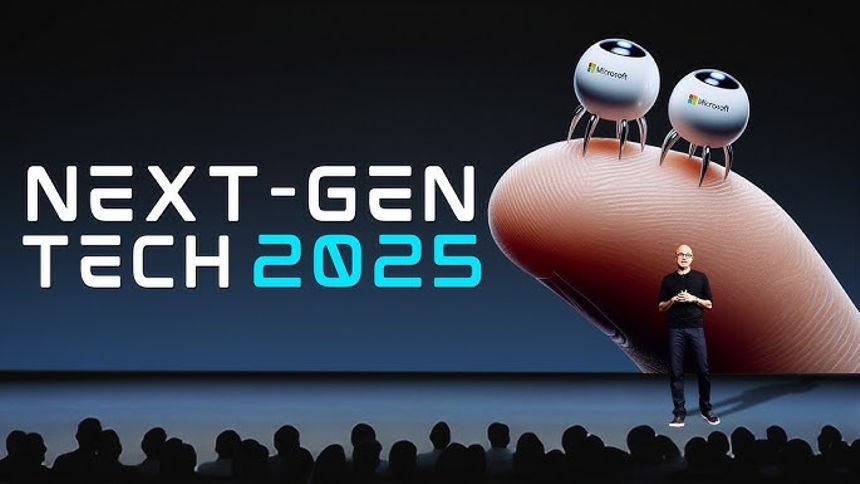
How to Find and Target Your Ideal Audience Online for Business Growth
In today's digital world, understanding your target audience is essential for business success. Without a clear audience, marketing efforts can become ineffective, leading to wasted resources and lost opportunities. Whether you're a startup, an established business, or an online entrepreneur, identifying and engaging with the right people will help you achieve higher conversions, brand loyalty, and long-term growth.
In this comprehensive guide, we’ll explore how to find and target your ideal audience online, covering everything from market research and content strategies to advertising and analytics.
Chapter 1: Understanding Your Target Audience
1.1 What is a Target Audience?
- Definition and importance
- Differences between a general audience and an ideal audience
1.2 Why Knowing Your Audience is Crucial for Business Growth
- Increased engagement and conversions
- More effective marketing campaigns
- Higher return on investment (ROI)
1.3 Common Mistakes Businesses Make When Targeting an Audience
- Trying to appeal to everyone
- Ignoring customer feedback
- Not utilizing data-driven decisions
Chapter 2: Conducting Market Research
2.1 Identifying Market Trends
- Using tools like Google Trends and industry reports
- Keeping up with consumer behavior shifts
2.2 Analyzing Competitors
- How to study competitor audiences
- Tools for competitor research (SEMrush, Ahrefs, BuzzSumo)
2.3 Using Surveys and Customer Feedback
- Crafting effective survey questions
- Platforms for conducting surveys (Google Forms, Typeform, SurveyMonkey)
Chapter 3: Defining Your Ideal Customer Profile (ICP)
3.1 Demographics vs. Psychographics
- Age, gender, income, and location
- Interests, values, pain points, and behaviors
3.2 Creating Buyer Personas
- Steps to build detailed audience profiles
- Examples of effective buyer personas
3.3 Understanding Audience Pain Points
- How to identify customer struggles
- Tailoring solutions to meet their needs
Chapter 4: Finding Your Audience Online
4.1 Social Media Platforms
- Where different demographics spend their time
- Best platforms for B2B vs. B2C businesses
4.2 Search Engine Optimization (SEO)
- How SEO helps attract organic traffic
- Keyword research for audience targeting
4.3 Forums and Online Communities
- Reddit, Quora, Facebook Groups, and niche forums
- Engaging with potential customers in these spaces
4.4 Email Marketing
- How to build an engaged email list
- Personalization strategies for higher engagement
Chapter 5: Crafting the Right Message for Your Audience
5.1 The Power of Storytelling
- How storytelling builds trust and connection
- Examples of brands using storytelling effectively
5.2 Tone, Language, and Style
- Matching your brand’s voice to your audience
- Creating relatable and engaging content
5.3 Personalization Strategies
- How AI and automation improve personalization
- Dynamic content strategies
Chapter 6: Utilizing Paid Advertising for Audience Targeting
6.1 Social Media Advertising
- Facebook, Instagram, LinkedIn, and TikTok ads
- Targeting options for different platforms
6.2 Google Ads and Search Engine Marketing (SEM)
- Understanding keywords and search intent
- Creating compelling ad copy
6.3 Retargeting and Lookalike Audiences
- How retargeting keeps potential customers engaged
- Leveraging lookalike audiences for expansion
Chapter 7: Engaging with Your Audience to Build Relationships
7.1 Community Building on Social Media
- Engaging in conversations and responding to comments
- Creating Facebook or LinkedIn groups
7.2 Leveraging Influencers and Partnerships
- Finding influencers in your niche
- How collaborations boost credibility
7.3 Encouraging User-Generated Content
- How customer testimonials and reviews build trust
- Strategies to encourage customers to share their experiences
Chapter 8: Tracking, Measuring, and Refining Your Strategy
8.1 Key Performance Indicators (KPIs) to Track
- Metrics like engagement rate, conversion rate, and ROI
- Tools for tracking performance (Google Analytics, Facebook Insights)
8.2 A/B Testing for Optimization
- Testing different content, ads, and emails
- How to analyze results and adjust accordingly
8.3 Continuous Improvement Based on Data
- How to refine your audience targeting over time
- Staying updated with industry trends
Finding and targeting your ideal audience online is an ongoing process that requires research, testing, and adaptation. By understanding your audience’s needs, behaviors, and preferences, you can create marketing strategies that resonate with them and drive long-term business growth.
Whether you're using organic content, paid ads, or community engagement, the key is consistency and data-driven decision-making. Keep refining your approach, stay updated with trends, and most importantly, focus on building genuine relationships with your audience.





